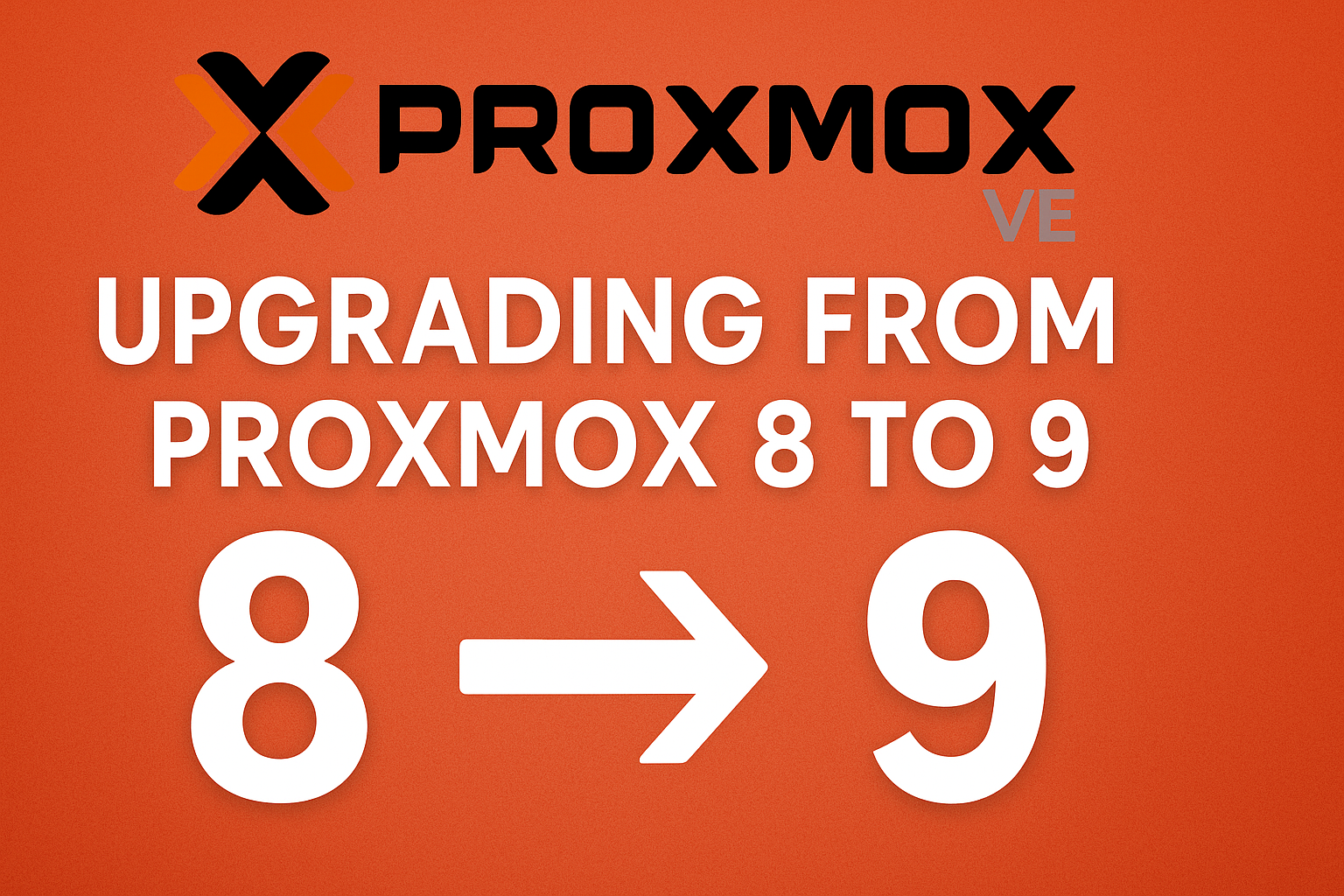Upgrading Ceph from Reef to Squid (Proxmox 8.4 to 9)
This guide explains how to safely upgrade your Ceph cluster from Reef to Squid in a Proxmox VE 8.4+ environment. It is based on the official documentation.
Before you begin: Ensure your cluster is healthy (
ceph status) and you’re running Ceph 18.2.4-pve3 or higher.
Prerequisites
- Proxmox VE ≥ 8.2
- Ceph Reef ≥ 18.2.4
- Cluster health:
HEALTH_OK - Backup configurations and monitor the upgrade closely
Step 1: Update Ceph Repository (on all nodes)
Update the Ceph APT source from reef to squid:
1
sed -i 's/reef/squid/' /etc/apt/sources.list.d/ceph.list
For no-subscription users, the file should look like:
1
deb http://download.proxmox.com/debian/ceph-squid bookworm no-subscription
For enterprise users with valid subscriptions, use:
deb https://enterprise.proxmox.com/debian/ceph-squid bookworm enterprise
Then run:
1
apt update
Step 2: Set the noout Flag (Optional but Recommended)
This prevents unnecessary rebalancing during the upgrade:
1
ceph osd set noout
Or set it via the GUI in the OSD tab.
Step 3: Upgrade Ceph Packages (on all nodes)
Use the following commands on each node:
1
2
apt update
apt full-upgrade
Note: The system is still running Reef binaries after the upgrade.
If you see a 401 error using enterprise repos, try:
1
pvesubscription update --force
Step 4: Restart Monitor Daemons (on monitor nodes only)
Restart one monitor at a time and wait for the cluster to stabilize:
1
2
systemctl restart ceph-mon.target
ceph -s
Then verify upgrade using:
1
ceph mon dump | grep min_mon_release
Expected output:
1
min_mon_release 19 (squid)
Step 5: Restart Manager Daemons
If not already restarted with the monitors, restart managers manually:
1
2
systemctl restart ceph-mgr.target
ceph -s
Step 6: Restart OSDs (one node at a time)
Restart all OSDs on one node at a time:
1
2
systemctl restart ceph-osd.target
ceph status
After all nodes are upgraded, you may see this warning:
1
all OSDs are running squid or later but require_osd_release < squid
Set the new minimum OSD version:
1
ceph osd require-osd-release squid
Step 7: Upgrade CephFS MDS Daemons (if used)
For each filesystem (check with ceph fs ls):
1
2
3
4
5
6
7
8
9
10
11
12
13
14
15
16
17
18
# 1. Disable standby replay
ceph fs set <fs_name> allow_standby_replay false
# 2. Reduce MDS to a single rank
ceph fs get <fs_name> | grep max_mds
ceph fs set <fs_name> max_mds 1
# 3. Stop standby MDS daemons
systemctl stop ceph-mds.target
# 4. Restart the primary MDS daemon
systemctl restart ceph-mds.target
# 5. Restart standby MDS daemons
systemctl start ceph-mds.target
# 6. Restore original max_mds value
ceph fs set <fs_name> max_mds <original_max_mds>
Step 8: Unset noout Flag
After all daemons are upgraded:
1
ceph osd unset noout
Summary Checklist
- Ceph source changed from
reeftosquid apt full-upgraderun on all nodes- All MON, MGR, OSD, and MDS daemons restarted
- Ceph status is
HEALTH_OK require-osd-release squidsetnooutflag unset
Need Help?
If you have questions or want to share your experience, join the conversation on YouTube or Bluesky.
Happy Cephing!
